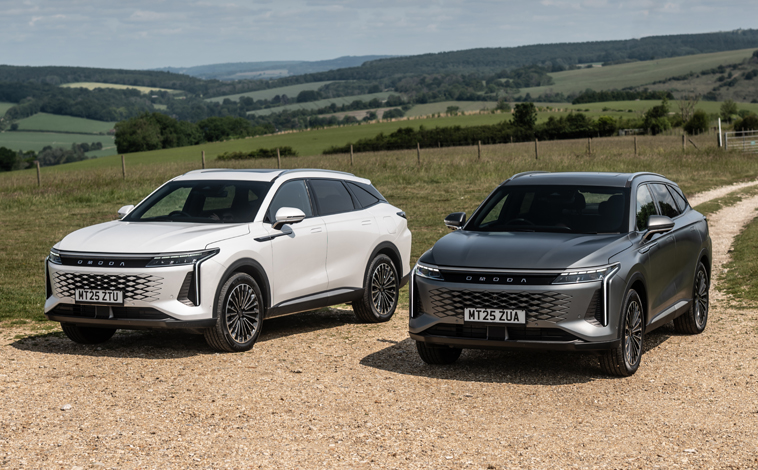MPG testing finally gets an overhaul
September 2, 2017
Motorists are set to benefit from more realistic emissions and fuel economy performance data after two new groundbreaking EU car tests came into force on September 1, replacing a single test that hasn’t been updated for some 20 years.
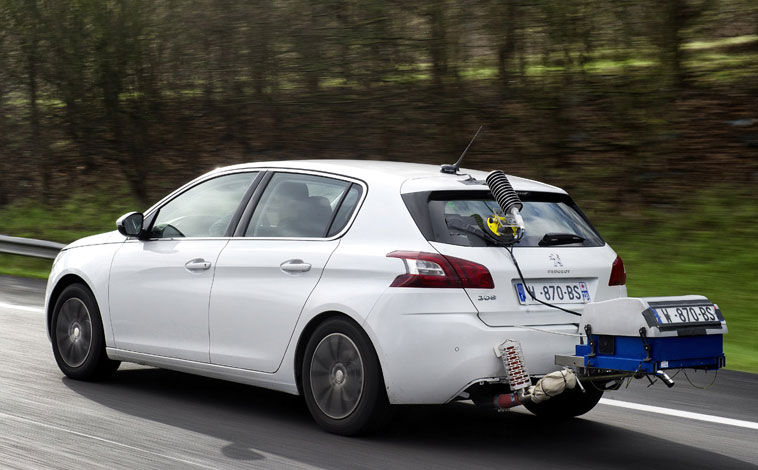
The new tests, which measure everything from fuel consumption and carbon dioxide (CO2), to nitrogen oxides (NOX), particulates by mass and number (PM/PN) and carbon monoxide (CO), are part of European regulations designed to improve air quality and tackle climate change. As well as a tough new laboratory test, all newly launched car models will have to undergo robust official on-road testing before they go on sale – an element that no other vehicle testing regime in the world requires.
Over the past 20 years, vehicles have advanced at a rapid rate, with high tech safety and comfort features, from electronic stability control, parking sensors and airbags, to air conditioning, heated windscreens and electric seats now increasingly fitted as standard. However, the way they are tested has not kept pace, resulting in a gap between performance in the lab and on-road where fitment of these in-car technologies can differ across models, and conditions such as speed, congestion, road surface and driving style can vary dramatically from journey to journey and driver to driver.
EU regulators and national governments have been working, with the support of industry, to address this by making testing more relevant to modern vehicles and consumer needs.
From 1 September, every new car model destined for UK showrooms will need to undergo a new test called the Worldwide Harmonised Light Vehicle Test Procedure (WLTP), which measures all regulated emissions, as well as CO2 and fuel economy. Like the previous test, it is conducted in controlled laboratory conditions for consistency across every test and every new vehicle in every country. However, it is faster, longer and more dynamic, with a greater range of vehicle and engine speeds, engine load, gear changes and temperatures. It will also take into account modern vehicle technology. And, because it is based on some half a million miles of real driving data, it will be far closer to the conditions most people experience on the road today.
Secondly, in a world first, new models being developed for sale in the UK will also need to prove their air quality credentials by passing a brand new Real Driving Emissions (RDE) test using special state-of-the-art portable emissions measurement (PEMS) equipment. This very sensitive equipment analyses the trace tailpipe emissions of pollutants, including NOX and particulates, while the car is driven in a wide range of both every-day and extreme conditions. This will ensure vehicles meet the tough Euro 6 emissions standard on the road as well as in the lab.
Mike Hawes, Society of Motor Manufacturers and Traders (SMMT) Chief Executive, said, “We welcome this challenging new regime, which will provide hard evidence that the industry’s ongoing investment in ever more advanced technology is delivering on air quality goals. Combined, these new and demanding tests will soon give consumers emissions performance information that is far closer to what they experience behind the wheel – and inspire greater confidence that the new cars they buy are not only the cleanest, but the most fuel efficient ever produced.”
The WLTP and RDE tests replace the previous and long-outdated laboratory test known as the New European Driving Cycle (NEDC), which was designed back in the 1980s and last updated in 1997. Revolutionary in its day, NEDC was intended to provide consistent benchmarking information for buyers across Europe as well as determining whether cars meet minimum air quality standards and providing the basis for the UK’s CO2-based Vehicle Excise Duty system.
Newly designed cars will start to be tested under the new regime over the coming months after the final piece of legislation specifying the requirements that allow testing authorities and manufacturers to prepare was published in July this year. This means consumers could start to see these brand new models arrive in showrooms from as early as next year. By 1 September 2018, all new cars on sale will have undergone WLTP testing and by 1 September 2019, all will have undergone the full RDE testing for both NOx and PN.
Latest News

Mazda upgrades CX-60 and CX-80 models
The Mazda CX-60 and CX-80 ranges will see a comprehensive package of upgrades [...]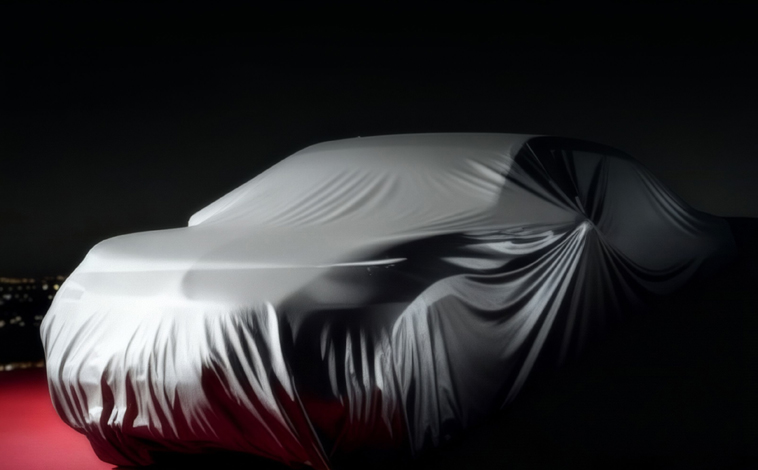
Mitsubishi announces its UK comeback
The IM Group, a leading UK-based vehicle importer and distributor, today announced plans [...]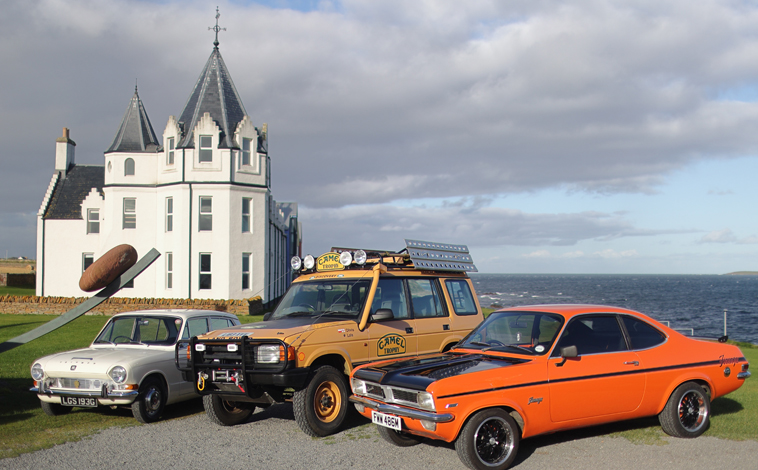
Drumming up support for classic rally
Members of the Caithness and Sutherland Vintage and Classic Vehicle Club gathered at [...]
Kia launches all-new K4 model in the UK
Kia has offered a glimpse at its all-new K4 model, which will be [...]
Volvo has started production of its ES90
Volvo has started production of its new, fully electric ES90 for the European [...]
Dacia adds new Duster powertrains
Dacia is enhancing its range of powertrains available on the Duster, offering more [...]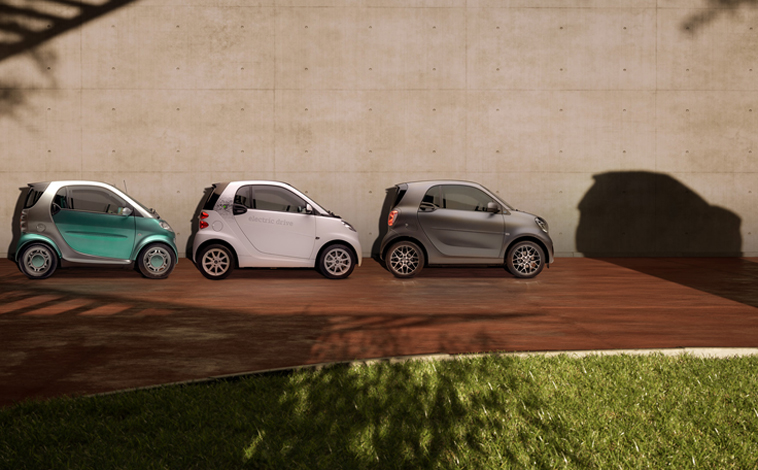
The evolution of an all-new smart #2
Premium electric automotive brand, smart, has announced that an-all new, two-seater city car, [...]
Pricing announced for all-new Kia EV5
Kia has revealed UK pricing and specifications for the EV5, a fully-electric family [...]
Skoda Kodiaq joins the police force
For more than 20 years, Skoda has been a trusted partner to the [...]
Nissan’s record fuel efficiency test
Testing Nissan’s third-generation e-POWER technology to the limit, engineers have successfully completed the [...]
Compulsory sight tests are welcomed
Road safety and breakdown organisation GEM Motoring Assist welcomes the prospect of changes [...]
Order books open for CHERY’s new SUV
The order books are open for CHERY’s first seven-seat SUV for the UK [...]
Suzuki backs Soccer Aid charity event
Radio DJ and TV presenter, Sam Thompson, set off on a 260-mile journey [...]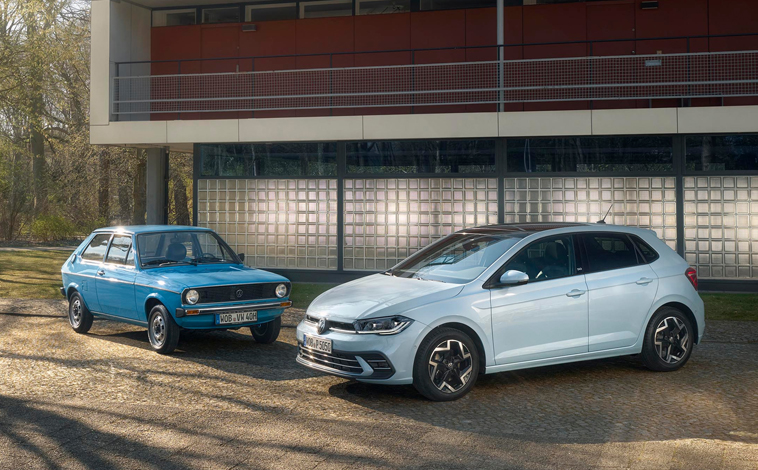
Limited-edition Polo to mark 50th year
The Polo Edition 50 goes on sale in the UK on June 19 [...]
Mazda celebrates CX-5’s sales milestone
A key chapter in Mazda’s success story, the Mazda CX-5 has been a [...]